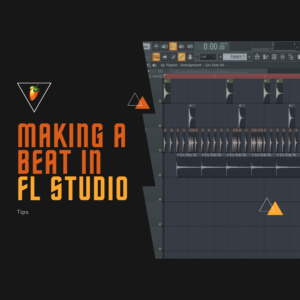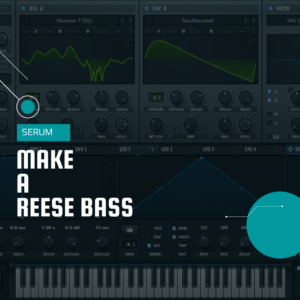Audio
Unlock Any Major Scale
You have the formula (W-W-H-W-W-W-H). Now, let's use it to break into any musical key. No more guessing.
The Universal Key
In our last transmission, we mapped the C Major Scale. But C is just one frequency. The universe has 12 root notes.
Whether you start on a low G or a high D#, the pattern W - W - H - W - W - W - H is your constant. It never changes.
Staying in Key
Why does this matter? Because "staying in key" is the difference between music and noise.
When you compose within a scale, every note belongs to the family. They resonate. If you play a note outside the scale (without purpose), it creates a clash.
Example: In G Major, the note is F#. If you accidentally play F (natural), it sounds wrong. It's an intruder.
Case Studies
Let's field-test the formula on three different roots.
Experiment 1: G Major
1 Sharp: F#
Experiment 2: D# Major
High Complexity. Everything is Sharp (almost).
*Simplified notation used for clarity.
Experiment 3: B Major
5 Sharps. A favorite of guitarists.
📜 Side Quest Board
Don't just believe the text. Verify it.
Select any root note. See the formula build the scale in real-time.
🔬 OPEN CALCULATOR
Protect the timeline. Allow "In-Key" notes. Block "Off-Key" anomalies.
🛡️ DEPLOY SENTRY
SYLBiT: Key Sentry
Training Manual
• Mission: Maintain integrity of the G Massive Scale Timeline.
• Allow: Notes inside G Major (G, A, B, C, D, E, F#).
• Block: Intruders (F Natural, G#, etc).




